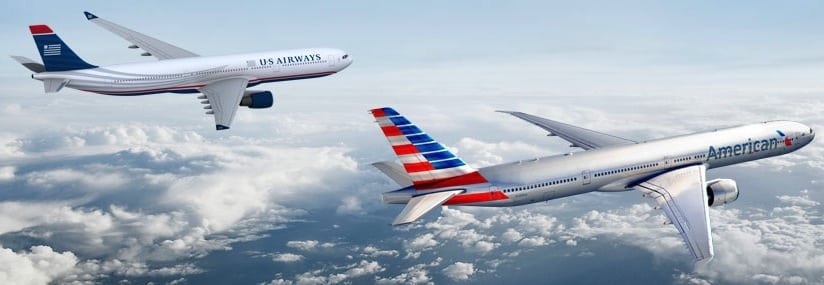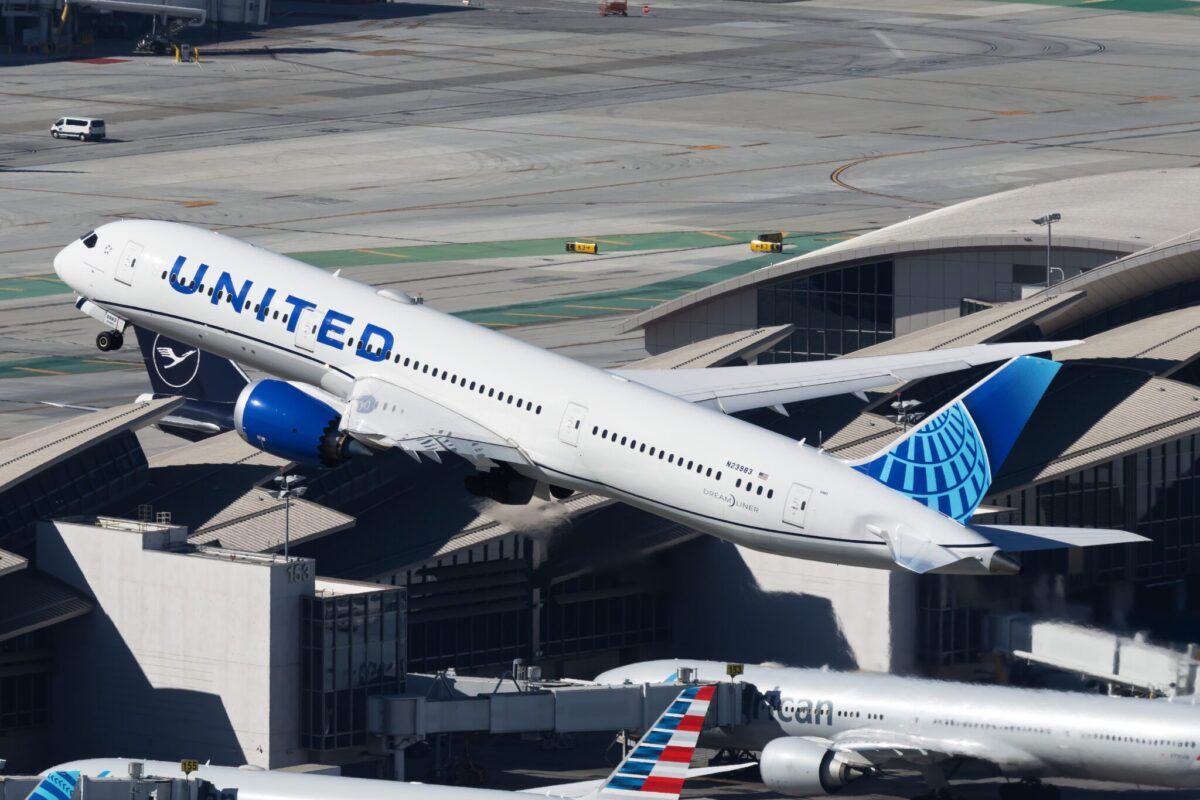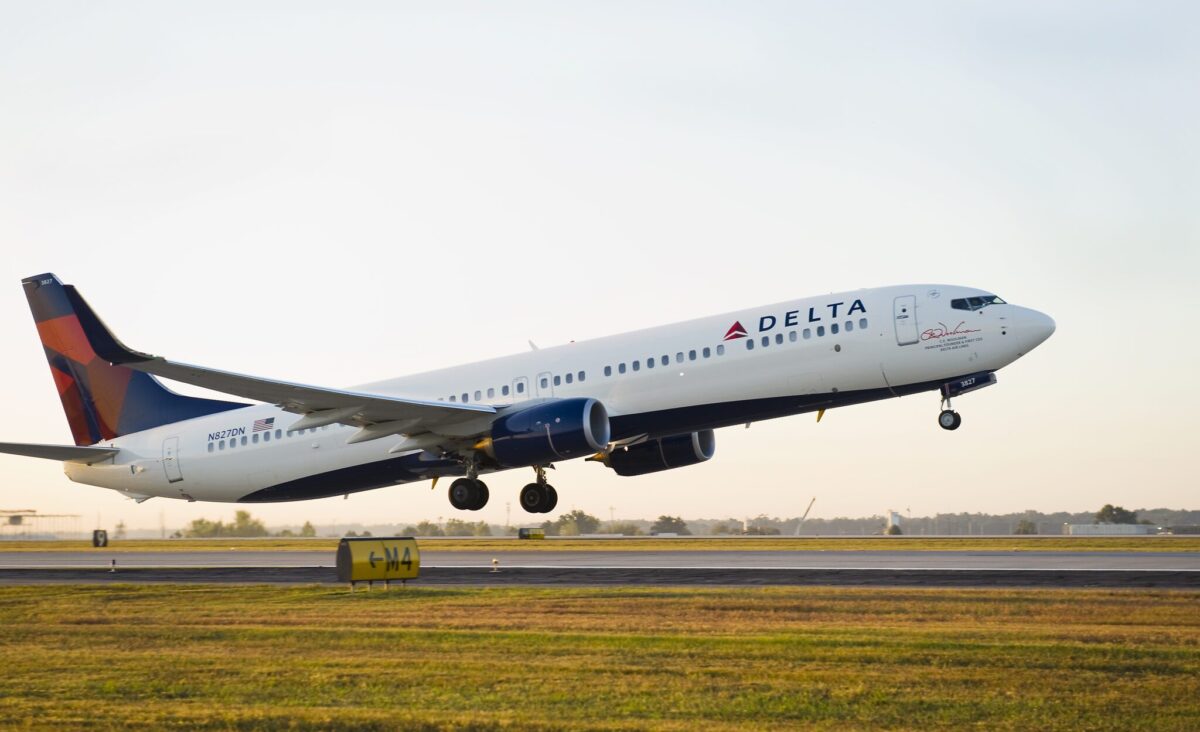The new American Airlines: Blended mileage plans and international routes

Skift Take
The tie-up of AMR Corp.’s American Airlines and US Airways Group Inc. will create a carrier with more trans-Atlantic routes, a broader network along the U.S. East Coast and the biggest frequent-flier program.
Together they will have more than 6,700 daily flights to 336 destinations in 56 countries, the companies said today in a joint statement. They flew 188 million passengers last year.
American will regain its status as the world’s largest carrier, after sliding to No. 3 in the U.S. as United Airlines and Delta Air Lines Inc. used mergers to vault to the top of the global rankings. Broader networks help airlines compete for business-travel contracts.
“Size does matter when you’re going for the most lucrative parts of the business,” said Dan McKone, a partner at L.E.K. Consulting in Boston. “The attraction here is the merger is going to help them reclaim that leadership position they lost.”
The combined company probably will trim some redundant flights on routes where they both compete in addition to shaving capacity when they mesh schedules, giving them more power to raise fares for certain trips, McKone said.
American’s AAdvantage frequent-flier program and US Airways’ Dividend Miles won’t have any immediate changes and passengers can accrue and redeem points as they do now, according to the companies.
Frequent fliers
The combined American-US Airways plan would have about 101 million members, before accounting for any overlapping participants, the companies said. United’s plan has about 90 million members and Delta’s has 74 million.
US Airways’ hubs include Philadelphia, the sixth-most populous U.S. metropolitan area, and Charlotte, North Carolina, the home of Bank of America Corp. The carrier also has a base for domestic flights at Ronald Reagan Washington National Airport, plus overseas service to cities such as Paris and London.
Those routes would complement American flights from hubs in its hometown of Dallas-Fort Worth, plus Chicago O’Hare, Miami, New York and Los Angeles.
“US Airways will be bringing feed from smaller second-tier cities to the alpha hubs,” said L.E.K. Consulting’s McKone.
Combining the flights of both carriers would give the merged company a wider network in the U.S. and funnel passengers onto American’s flights to Latin America, Europe and Asia.
Overseas routes
US Airways doesn’t fly to Asia on its own, instead booking passengers on partners such as Singapore Airlines for flights between Honolulu and Tokyo. Elsewhere, it would add destinations that American doesn’t serve with its own jets, such as Tel Aviv and Munich.
American and partner British Airways already dominate travel between the U.S. and U.K. through a joint venture that has antitrust immunity, meaning they can collaborate on fares and schedules and act as one entity.
“American has built a very strong franchise to Latin America and Europe, and US Airways brings a lot to the table along the East Coast,” said Ray Neidl, an independent aviation analyst based in Connecticut.
Most of the traffic, or miles flown by paying passengers, that US Airways adds will be domestic, which typically isn’t as profitable as overseas itineraries. The airline relied on domestic flying for 75 percent of its traffic in 2012, compared with 60 percent for American.
Marketing group
The merger also means US Airways will need to leave the Star Alliance marketing group anchored by United, in favor of American’s Oneworld, whose members include British Airways parent International Consolidated Airlines Group SA. Star is the biggest alliance, followed by Delta’s SkyTeam and Oneworld.
American held the top spot in global traffic until Delta acquired Northwest Airlines in 2008. United grabbed the lead in 2010 when predecessors UAL Corp. and Continental Airlines Inc. merged to form the carrier’s parent company, United Continental Holdings Inc.
Southwest Airlines Co., which bought AirTran Holdings Inc. in 2011, will remain in the No. 4 spot in the U.S. industry, followed by JetBlue Airways Corp.
Southwest is the top discount carrier, while JetBlue’s network is based on so-called point-to-point flying rather than hubs that collect passengers from small airports. Those business models dim the prospects for a tie-up with a larger carrier.
“This is probably the last big merger we’ll see domestically,” Neidl said.
With assistance from Mary Schlangenstein in Dallas. Editors: James Langford, John Lear. To contact the reporter on this story: Mary Jane Credeur in Atlanta at [email protected]. To contact the editor responsible for this story: Ed Dufner at [email protected]. ![]()




